Video summary
This workshop aimed to introduce ZK Hack audience to RISC Zero's products, namely their ZKVM (zero-knowledge
virtual machine) and Bonsai, and to provide hands-on guidance for building ZK applications using Rust.
The session started with Brian Retford, RISC Zero's CEO, sharing about their mission to revolutionize the
Internet by empowering web3 developers worldwide with ZK software infrastructure. He emphasized the company's
journey from its inception in 2020, highlighting the adoption of the open-source RISC-V microarchitecture to
simplify ZK programming, and how it impacts RISC Zero's ZKVM architecture.
Brian stressed the importance of the general-purpose ZKVM to allow developers to focus on building programs
rather than managing complex circuits, and how its versatility enables a wide range of applications, from
blockchain to embedded systems. He also mentioned some key challenges such as memory access verification or
efficiency trade-offs.
Then throughout a lively Q&A session, Brian and the online participants engaged in a long discussion covering
topics such as ZK machine learning, technical details of proofs' generation, privacy-preserving apps, ZKVM
performance benchmarking, or integrating ZK with off-chain execution. As in the previous session, it was quite
a
delight to witness such an engaged audience!
In the second part of the workshop, Dr. Iryna Tsimashenka first clarified the terminology used within RISC
Zero
and delved into the different steps of the ZKVM architecture to prove and validate the execution of Rust code.
She also explained how RISC Zero's proof system architecture supports parallel proof generation and
scalability,
featuring a recursive mechanism to aggregate multiple proofs into a single STARK proof.
Iryna demonstrated how the quick start guide facilitates ZKVM usage, allowing developers to easily create
projects with Rust and host components. She also showed the participants how developers can test code in
developer mode before switching to production mode for proof generation.
And in the last segment, Hans Martin transitioned to discussing Bonsai, a recent addition to RISC Zero's
ecosystem. Its purpose is to leverage on how ZK can be used for privacy, security, and interoperability,
minimizing trust in the process – like Google or Apple logins, but made more secure and private using ZK
techniques. Hans focused on the most common internet login setups: OAuth2 and OpenID Connect. His question: How to hack ZK
into this setup, tying traditional authentication protocols with ZK for on-chain applications? His answer:
User-held signing keys, typically an Ethereum account, tightly coupled with OpenID Connect. He explained how
adding Ethereum addresses to authentication payloads enables a trustless link between web2 and web3, with
SNARK-powered on-chain verification. As he mentionned, this opens the door to traditional login methods on
blockchains and smart contract wallets – and this is what the Bonsai Pay demo illustrated.
After a last invitation to explore the repos and dive into the docs, this was the end of RISC Zero's workshop!

